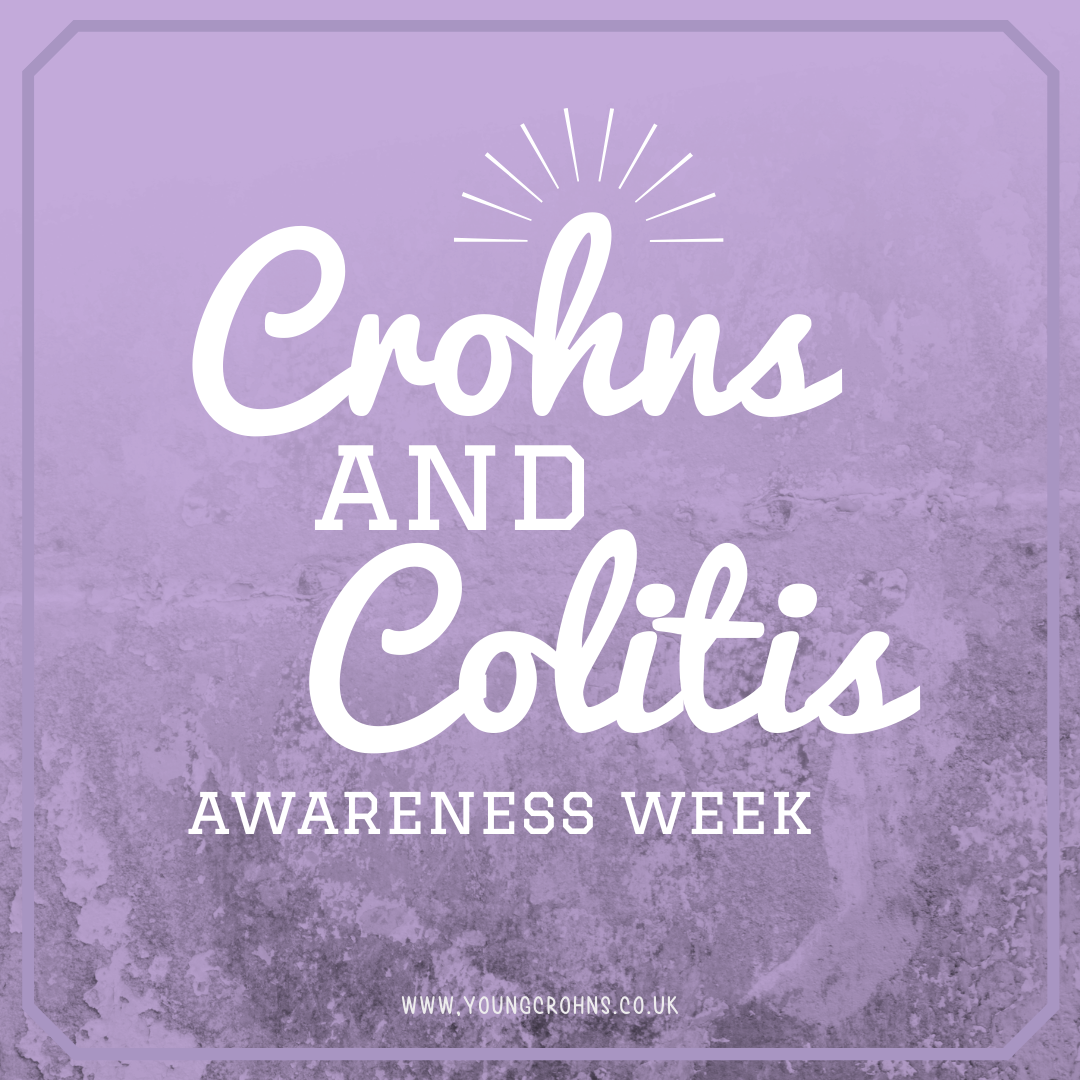
Pancaking and Ballooning – An Education
Disclaimer: This information is based on my own personal experience since my ostomy surgery in August 2016 and is not intended to replace medical advice from a trained professional. If you are requiring advice regarding your own stoma, routines which might benefit you most, or products that suit your needs best, please contact your stoma care nurse for further assistance.
What is Pancaking and what causes it?
Pancaking is when the front and back of your ostomy bag get pulled together, resulting in no output being allowed to drop down into the pouch; instead it sits around your stoma, on your baseplate and can causes issues. It is believed to be caused either by the filter on the appliance being too effective, i.e. it lets all the gas out very quickly and leaves the bag flat against the abdomen, or because the stool is too ‘sticky’.
But several things can cause pancaking:
- Thick stool – when the output that is produced is too thick it will naturally form around your stoma and this can find its way underneath your baseplate and force it off, causing a leak.
- Filters – sometimes filters in stoma bags can be counter productive and release too much air, leading to a vacuum effect with the pouch.
- Not being active enough – being stationary can mean there is no natural movement of your body and this in turn with lead to output collecting around the baseplate instead of falling; which it would do with movement.
Why is this a problem?
Having one less major organ means the equilibrium within your body has changed. Without a colon you will absorb fewer nutrients and lose more water because you don’t have the surface area of your colon for these two jobs to be done. It does not take alot for the equilibrium to be shifted to either too much air within your system – and thus your pouch – and likewise it is easy to consistency of your stool. This part will vary between colostomates and ileostomates; because it depends on how much colon has been removed. So, pancaking is more common with colostomates and ballooning more so with ilestomates. BUT that does not mean they don’t experience both issues, from time to time.
The fall out from pancaking can be that the pouch can be forced off by the output finding its way underneath your baseplate. This will also create sore skin. It is common to experience this at night – less fluids taken in! – and having to change during the night is something that is just frustrating to do. This would be considered a leak and the issue needs to be resolved.
What is Ballooning and what causes it?
Ballooning occurs when air from the stoma inflates the bag and cannot escape through the filter. The resulting air pressure can cause the adhesive to detach from the skin.
Some gas is normal, but excessive gas can be caused by certain drinks and foods.
Other causes of ballooning can be:
- Habits – Gulping, slurping, drinking from a straw, not chewing well, or even eating too fast can cause air to be swallowed and gas to develop.
- Your gut – If you have IBD, IBS or another digestive disorder, gas may simply be a natural result of the mess going on inside you. The only real way to deal with gas caused by a faulty gut is to tackle your illness and get into remission.
- Medication – Probiotic, antibiotics, iron supplements, Anti-diarrhoeals can also have the added benefit of creating more gas within your system.
Why is this a problem?
When you chew your food, you inhale a certain amount of air. Likewise with drinking too. All this adds air into your digestive system and it must come out. Now that you have an ostomy, you can’t fart it out. You can burp, sure, but this can’t be forced. And unfortunately once it’s gone down a certain amount, it is not coming up. Thus, it must come out. Out of your pouch.
Ballooning can happen suddenly and swiftly without warning. When the bag fills with air from your output, you need to release it. This means either burping it or emptying it completely of output. Leaving it too long can result in leaks and thus sore peristomal skin. You’ll find that certain food and drink will make this ballooning occur faster than other times. You’ll also find that it’ll happen at night as much as it happens at night, and that can be risky too – leaks in bed in the middle of the night are no fun at all. Finding a balance between your eating habits and what you choose / tolerate eating, is key to helping get a handle on ballooning.
How are they resolved?
Pancaking:
- Lubricanting deodrants – there are gels which go inside the stoma bag, helping faeces slide to the bottom of the bag. Applying a drop or two of these when a fresh pouch is applied can help encourage the output slide down your pouch.
- Drinking more fluids – Dehydration and not drinking enough fluid can result in larger quantities of water being reabsorbed by the intestine; this causes dry faeces, which tend to stick.
- Increasing your fibre – but focus on insoluble fibre. This shouldn’t be a problem if you’re eating a lot of vegetables, but increasing insoluble fibre will move things along and can prevent stool from becoming dry, hard and difficult to pass. Those fresh out of surgery should be cautious with this.
- Intervening – either by physically manipulating the pouch to move the output downwards or to add air into the pouch; in a drainable pouch.
- Cover the filter – This will prevent a vacuum from forming in the bag and helps to stop the faeces from sticking at the top. It would be advised to do this little by little – 1/4 to 1/3 then 3/4 to a full cover – as you find which amount is preferable to you.
Ballooning:
- Change more often – Consider changing the pouch more frequently (changing once a day is advisable) or for those with a drainable pouch, open the outlet end briefly to release the excess gas.
- Change type of pouch used – Try a two-piece system so you can keep the baseplate on but just remove the pouch, therefore you will have a fresh filter which should be more efficient . Another benefit of a two-piece system is that excess gas can be released by detaching the coupling briefly. This is called ‘burping’ and is useful if you choose a mechanical coupling to your two piece system.
- Change your diet – Keep a food diary to determine what is causing the most issues. Certain foods – particularly spicy foods, foods that are high in fibre, green vegetables, beans and lentils – can all increase gas, as can carbonated drinks and beer. Understanding what leads to increased levels of gas in the pouch can help you manage how much air is entering the digestive system.
- Using a pouch with a filter – if your pouch has a deodorising filter, it allows the odour to be neutralized as the gas gradually escapes through the filter.
- Pouch vents – if your filter fails or you don’t want to manually expel the air from your bag, it might be worth considering a vent such as the Osto-Ez-Vent. It helps reduce air within your bag by adding a vent to the outer plastic lining of your pouch – usually up at the top, underneath the fabric cover. It works like a manual filter and you can control when to vent your pouch of air.
My Experience
I experience pancaking and ballooning from time to time. As I have an ileostomy, pancaking is a sure way to know I am dehydrated, as my output tends to not be too thick at any one time. I also choose to keep my filter covered at all times, on each and every single pouch.
When I discovered that applying my filter cover to my charcoal filter on my Sensura Mio, I saw a dramatic decrease in my pancaking. I found that whilst all aspect of my bag were perfect for me, limiting the amount of air escaping from my filter was what makes my bag now completely perfect for me.
However, I do now experience ballooning alot more as a result. It’s never going to be a perfect thing, having an ostomy and it has taken a while to adapt to what causes more gas than others. Usually, I accept the consequences of a meal or drink knowing it will blow my bag up. I have, though, learnt to not eating too late to avoid major ballooning during the night. I learnt that the hard way in the early days and now, my body naturally wakes me up when my bag is full or very close to exploding. I have had a good run this past year without any major incidents.
These two issues are things which you are told about but never full appreciate until you have to deal with them, personally. There are some things you have to learn to love adapting to or something you actively choose to solve.
Do you suffer from pancaking or ballooning? How do you solve yours?
Do you have any questions or queries? Or just want to share your own experiences? Leave me a reply or tweet me @sapphire20 or find my blog page on Facebook!

Sources:
General:
Oxford University Hospital: Common Concerns for People with a Stoma
Colostomy UK: Stoma Problems
Pancaking:
VeganOstomy: Pancaking – A Headache for Ostomates since the 1800’s
Colostomy UK’s Tiding Magazine: Pancaking
Coloplast Care: Wendy: Coping with Pancaking
Pelican Healthcare: What if… you get Pancaking?
Ballooning:
Colplast’s Ostomy Self Assessment Tool: Ballooning
Ostomyland: Ballooning Pouches – The Osto-Ez-Vent (review)
Coloplast Care: What is Ballooning?
VeganOstomy: Ostomy Pouch Ballooning!



